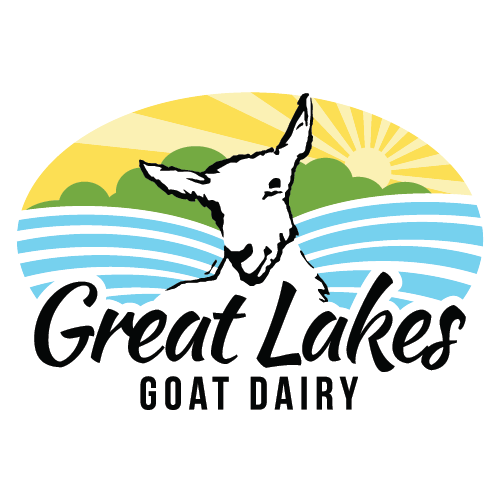Delivering Quality
We are proud that all of the milk in our cheese comes 100% from our own farmstead. We manage all the details from how we treat our animals and what we give, and we manage it all from seed to feed and we use no herbicides or pesticides.
HACCP is a management system in which food safety is addressed through the analysis and control of biological, chemical, and physical hazards from raw material production, procurement and handling, to manufacturing, distribution and consumption of the finished product.
There are seven universally-accepted HACCP principles. Every country that uses HACCP follows these principles.
Principle 1: The first principle is hazard analysis. At this stage, a plan is laid out to identify:
- all possible food safety hazards that could cause a product to be unsafe for consumption, and
- the measures that can be taken to control those hazards.
For example: at the cooking step of the production process, one of the identified hazards is the survival of pathogens due to inadequate cooking time or temperature.
Principle 2: The second principle is identifying critical control points. These are the points in the production process where an action can be taken to prevent, eliminate, or reduce a food safety hazard to an acceptable level.
For example: the cooking step is considered a “critical control point” because control measures are necessary to deal with the hazard of pathogens surviving the cooking process.
Principle 3: The third principle is establishing critical limits for each critical control point. A critical limit is the limit at which a hazard is acceptable without compromising food safety.
For example: critical limits” at the cooking stage include specific time and temperature for cooking the product.
Principle 4: The fourth principle is establishing monitoring procedures for critical control points. Highly detailed monitoring activities are essential to make sure the process continues to operate safely and within the critical limits at each critical control point.
For example: monitoring procedures at a cooking critical control point could include taking the internal temperature of the product with a specialized thermometer.
Principle 5: The fifth principle is crucial: establishing corrective actions. These actions must be taken to bring the production process back on track if monitoring indicates that deviation from critical limits has occurred. In food production, correcting problems before end-stage production is far more effective than waiting until a product is finished to test it.
For example: if the required internal temperature has not been reached, a corrective action would require that the product be cooked further. If the cooking temperature cannot be reached, another corrective action would call for the product to be held and destroyed.
Principle 6: The sixth principle is establishing verification procedures. Verification means applying methods, procedures, tests, sampling and other evaluations (in addition to monitoring) to determine whether a control measure at a critical control point is or has been operating as intended. Verification activities also ensure that the monitoring and the corrective actions are done according to a company's written HACCP program.
Principle 7: The seventh principle is record keeping. Records must be kept by the company to
- demonstrate the effective application of the critical control points, and
- assist with official verification (which is done, in Canada, by the Canadian Food Inspection Agency).
Records must be established to document
- the monitoring and verification results, and
- all information and actions taken in response to any deviations found through monitoring and verification.
Article Source: Wikipedia.org

